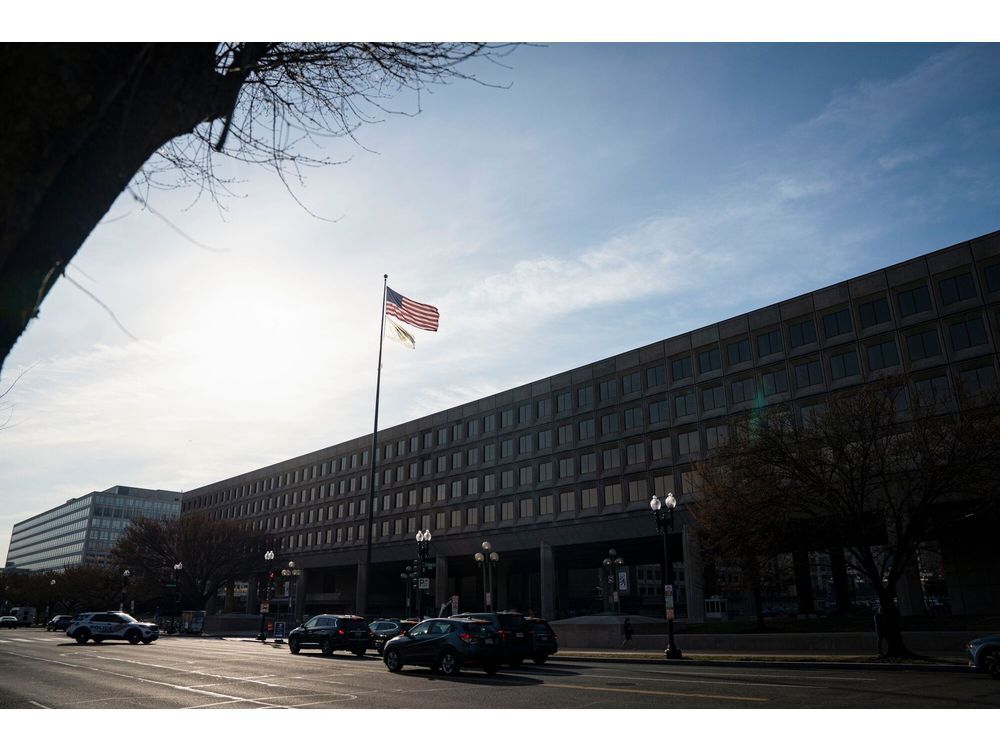What is the Bid-Ask Spread?
Bid-ask spreads are most commonly found in the market for stocks, futures, and options. A bid-ask spread is a difference between the price that a buyer is willing to pay for an asset and the price at which a seller is willing to sell the same asset.
Bid-ask spreads exist because investors may not immediately agree on a price, so they need time to negotiate. As a result, the price is set at a point where the lowest ask price equals the highest bid price.
In this article, we’ll explore what Bid-ask Spread is and how it works.
Definition of Bid-Ask spread
Bid-ask spread is the difference between the price at which you can sell an asset and the price at which you must buy it. An easy way to understand Bid-ask spread is thinking of it as being similar to a commission when buying or selling something in real life.
The Bid-ask spread is used by traders to determine the impact of an order on the market. The wider the spread, the less liquid a security or asset is and the more difficult it is to execute the order.
Why does Bid-Ask exist?
Bid-ask spreads are actually not that hard to understand once you get familiar with how trading works. A bid-ask spread represents the difference between the lowest asking price for a stock and its highest bid price.
To understand the Bid-Ask spreads better, let’s take an example of an investor who wants to enter a market order. When placing this kind of order, you’ll be selling at whatever price is available in the exchange, which means that you might not get as much as you would like for it.
On the other hand, if you place a limit order to buy at $100 and somebody places an offer to sell the stock under that price then your order is going to be filled. This means that you don’t have to buy for a higher price than what you’re willing to because someone else is willing to sell under that price.
For simplicity’s sake, let’s say that the bid-ask spread for Company inc. shares is $4.95 and $5.00. This means that investors can sell the shares at $4.95 and simultaneously buy at $5.00. The difference between these two prices ($0.05) will be given to whoever operates this exchange.
Use of Bid-Ask Spread
The Bid-Ask spread is used mostly to gauge market liquidity and to decide what type of order we should place. For example, if the Bid-Ask spread is tight, then it’s safer to use the market order. On the other hand, if the Bid-Ask spread is wide, then a limit order should be used.
Here are some of the benefits of Bid-ask Spread
- Helps to determine the fair price of an asset
- Used by traders to determine how much impact their orders will have on the market
- Identifies high-volatility assets
- Helps traders to determine a price range for an asset
Conclusion
The bid-ask spread is the difference between the lowest selling price for a share and the highest buying price. As you can see from our example above, traders can either sell at a lower price or buy under a certain price depending on which order they place.
Further questions
What's your question? Ask it in the discussion forum
Have an answer to the questions below? Post it here or in the forum




